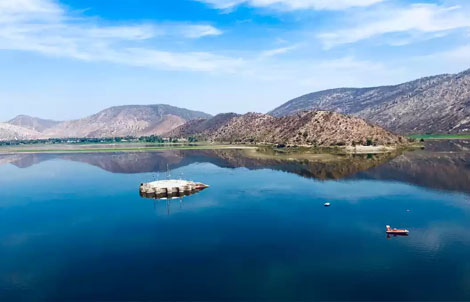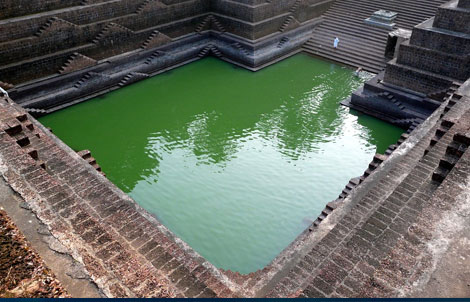
Sariska Tiger Reserve, located in the Alwar district of Rajasthan, India, is known for its diverse ecosystems and wildlife. While the reserve is not primarily characterized by abundant water bodies, there are several important water sources that play a crucial role in sustaining the local flora and fauna. Some of the key water sources in the Sariska Tiger Reserve include:
Siliserh Lake This artificial lake is located near the Sariska National Park and acts as a water reservoir. It not only serves as a water source but also enhances the overall landscape and provides a habitat for various bird species.
Pandupol Pandupol is a natural waterhole located within the reserve. It is a popular spot for wildlife enthusiasts and tourists as it attracts a variety of animals, especially during the dry seasons when water is scarce.
Hanuman Temple Pond Near the ancient Hanuman Temple inside the reserve, there is a small pond that serves as a water source for animals. This pond may attract wildlife, especially during the hot and dry months.


Check Dams and Water HolesThe forest department has also implemented check dams and artificial waterholes at strategic locations within the reserve to ensure a stable water supply for the wildlife. These structures help in maintaining water availability during periods of low rainfall.
Naldeshwar Lake While not directly within the Sariska Tiger Reserve, Naldeshwar Lake is located in proximity. It contributes to the overall water availability in the region and can influence the movement of wildlife.
Seasonal Streams and RiversSariska is traversed by several seasonal streams and rivers, which may flow during the monsoon season. These watercourses contribute to the overall hydrology of the region and are important for maintaining the ecological balance.
It's important to note that water availability can vary seasonally, and the management of water sources is crucial for the well-being of the wildlife in Sariska Tiger Reserve. Conservation efforts often include strategies to ensure an adequate and sustainable water supply for the diverse range of species inhabiting the reserve.